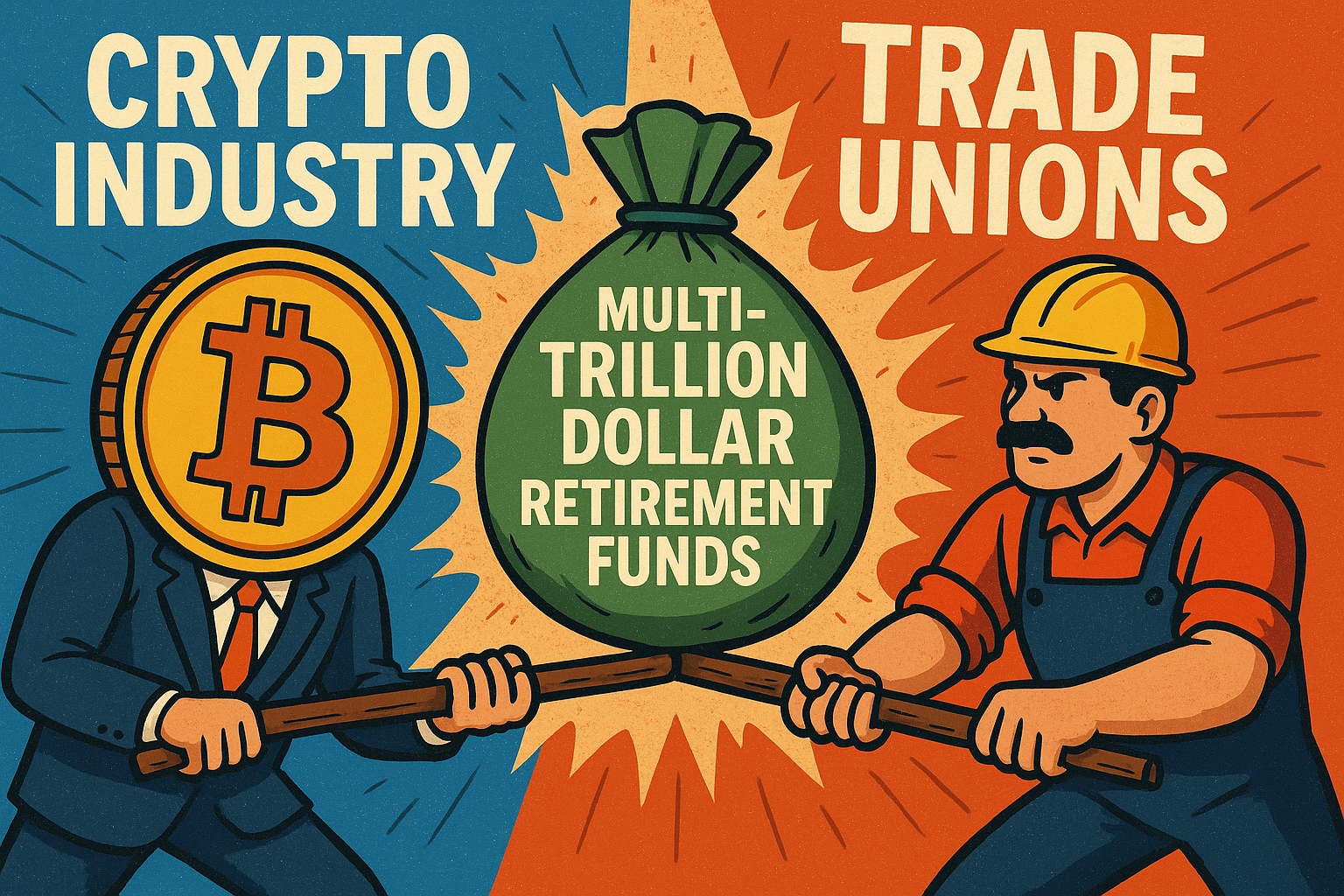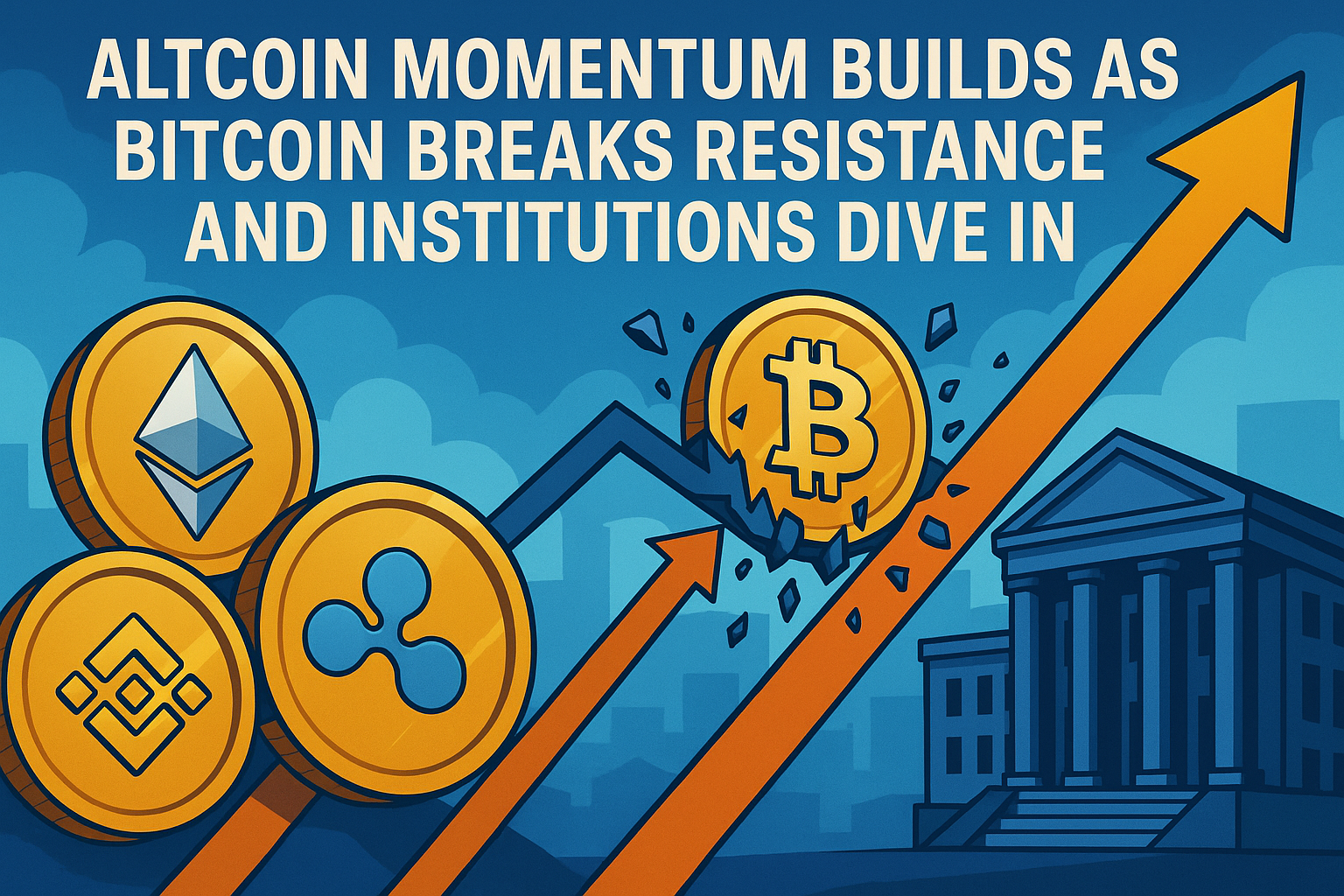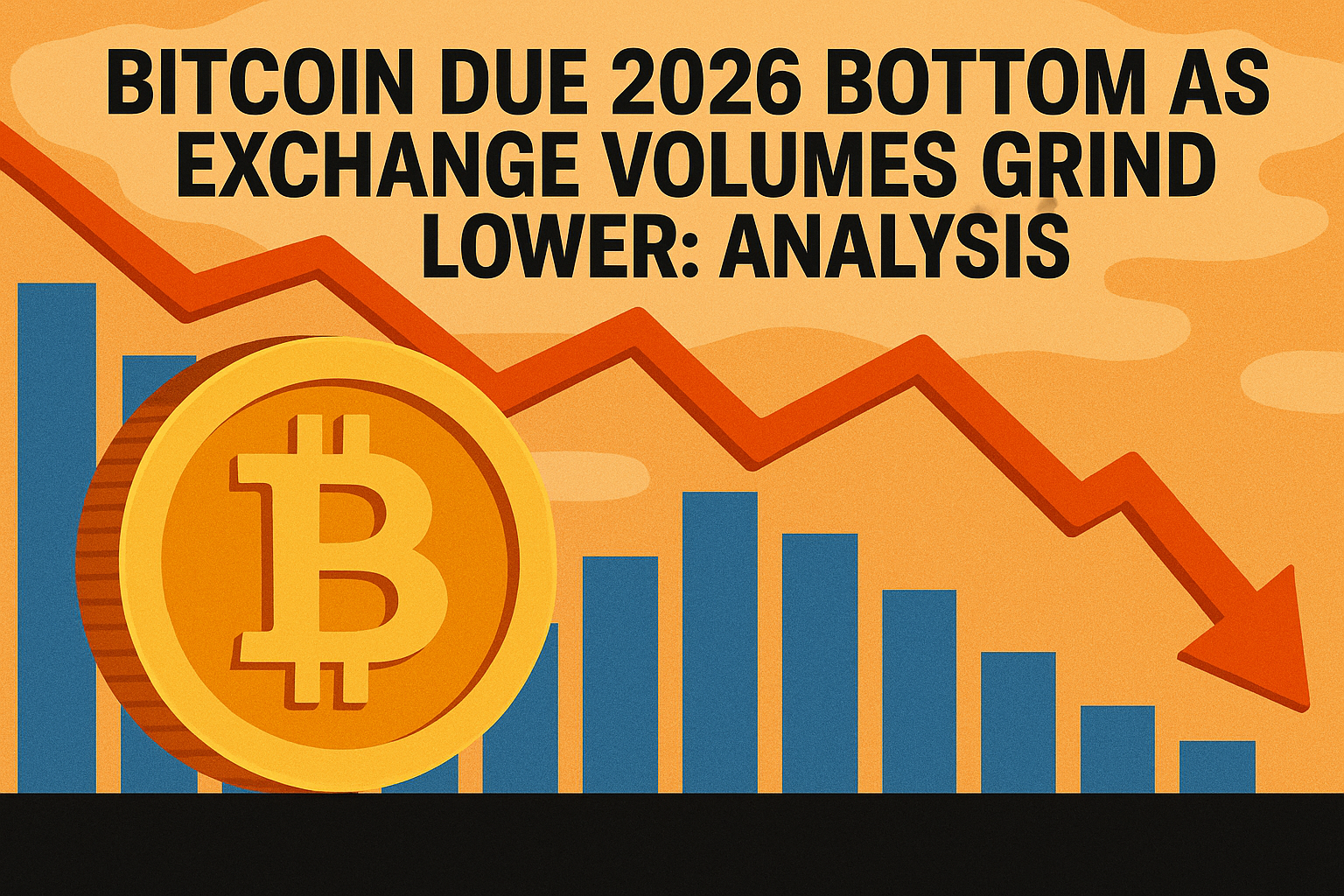Table of Contents
When seeing ERC 404 token standards float around on my Twitter timeline for the first time I wanted to be thoughtful and wait to write up a post about this mainly to understand whether or if this was just another flash-in-the-pan type fad that existed in the crypto sphere. After a month or so of discovering the standard and seeing two projects exploding (in price) behind the back of this, I think it warrants the sharing of this post.
Digital Whale Club is a blog that focuses on writing about crypto, personal finance, and online business. With over 7 years of experience in crypto, we dive deep into what interests us in the space and try to find unique angles to create value for both readers and the industry as a whole.
In this post, we dive into the latest (unofficial) Ethereum Token Standard that I believe introduces a whole new way to create liquidity in the NFT space, ERC-404.

What is ERC 404?
First off, we need to understand what the ERC 404 is and how it differs from the standards we see today. ERC404 is an open, mixed ERC-20 and ERC-721 implementation designed to provide native fractionalization while supporting seamless integration with existing protocols.
In simpler terms, ERC 404 is a token standard that combines the divisibility of ERC-20 tokens into NFTs allowing for new and unique ways for NFT artists to fractionalize their work and create more liquidity for holders.
How does ERC-404 work?
With ERC 404 token standard NFT project founders can now simultaneously launch both an NFT collection and a meme coin (or token). From how we see it, ERC 404 is going to be how NFTs stay relevant when the meme coin cycle starts to take over the border attention span of the crypto space.
ERC 404 works like this:
When you buy the entirety of an ERC 404 token, you will automatically get an NFT when purchasing that whole token. The inverse of this is when you are buying a fractional amount of an ERC 404 token, you will be purchasing the underlying ERC 20 token that trades much like a meme coin. As you work your way up to owning a full token, you will again automatically be getting the underlying NFT in the collection. If you go on a DEX like Uniswap and sell parts of the token to create liquidity for yourself, the NFT will be burned and you will receive the $ amount of the token you just sold.
When I first saw an example of this, I wanted to dive deeper into the idea and understand how this could be revolutionary for the NFT space. This market has been an interesting one, to say the least up until this point. As I am writing this the BTC halving event has not happened (yet), we have the BTC ETF already approved with the ETH ETF on the way, and little to no retail hype coming in like what we saw in 2021.
Here is a visual representation of how ERC 404 works:

Key Takeaways:
- ERC 404 is still experimental and has not been officially approved as an Ethereum improvement proposal (EIP) *yet
- The ERC 404 token standard allows for NFTs to be more liquid and represented by underlying tokens. Owning a full token allows to issuance of an NFT while fractionalized ownership results in the underlying token
- Supply of the NFT collection is capped just like a regular NFT collection allowing for token price action to see crazy numbers ex) If BAYC had an ERC 404 contract, its token price would be equal to the current floor price of 12.5 ETH ($44,642) but if someone wanted ownership and exposure to BAYC without owning the NFT they can buy fractions of the underlying $BAYC token and reap the upside (again if this existed)
I am hopeful that this changes after both the halving and ETH ETF hit the market but till this point, NFTs as a whole have not gotten much attention outside of Pudgy Penguins passing BAYC for a brief period of time. I think something like ERC 404 could create ripple effects to a new wave of interest in the NFT space.
From a rationalization standpoint, ERC 404 creates a huge opportunity for liquidity for people.
$FLIES Came Out of $PANDORA's Box
Two of the bigger projects that hit my radar were $FLIES and (the ones who started this standard) $PANDORA. Pandora has really been the innovator here in creating the standard and now has a launchpad for those looking to create dynamic collections using this token standard. Flies is a more recent discovery on my end and it looks to have been a new collection endorsed by XCOPY, an NFT artist with a cult-like following.
On Opensea, it looks like Flies was a collection that minted 1 NFTs, when going to Coingecko you see that the underlying token is trading at the same price as one of these NFTs on Opensea's marketplace. I should go on record and say I do not own either of these two tokens and look at this purely from an educational standpoint.
It might be worth it to pay attention to what is happening with ERC 404 tokens because it is just a matter of time before new pseudonymous creators go off and experiment with it and end up creating a new community on the level of Pudy Penguin or BAYC. All things are possible and on the table this bull-run and I expect it to be as crazy as the last couple.
Implications of ERC 404
I think my favorite part about crypto is the fact that innovation is still alive. I love being on the cutting edge of the tech space and find it fascinating what people are able to create off the backbone of these new standards that get attention. As mentioned earlier in this post, I do not own an ERC 404 token (yet) but I want to pay close attention to the development of the ecosystem that is clearly budding. How far this will go is something I cannot predict but with how much attention and hype NFTs got last cycle I think it is well worth everyone's time to at least be informed on what is happening in this space.




